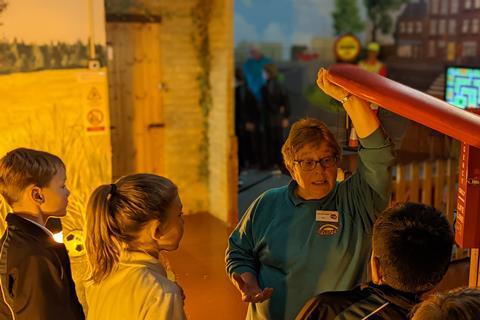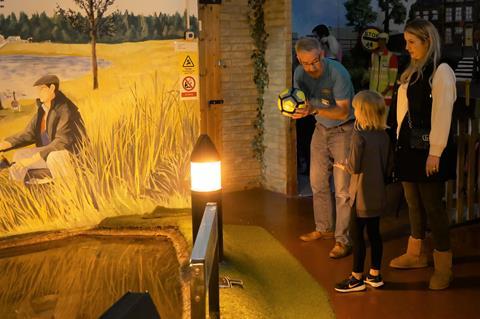A look at guidance and campaigning about teaching students to stay safe around water and how one centre is helping schools.

A Bill is going through Parliament to include water safety and training in prevention in drowning as a compulsory part of the curriculum for all schools in England.
Currently, swimming and water safety is included in the primary PE national curriculum and in a new school sport activity plan published in July 2023 where the government set out further guidance for schools. It stated that all pupils should be taught ‘practical water safety techniques in a pool, such as how to float, tread water, signal for help and exit from deep water’.
A parent’s campaign for water safety
Beckie Ramsay, who lost her son Dylan in a quarry-related incident in July 2011, has been campaigning ever since for water safety and drowning prevention to be put within the national curriculum.
She welcomed the new guidance published and has been working with The Safety Centre(Hazard Alley) in Milton Keynes, which offers informative school visits, to help raise awareness.
She said: “It’s so important to learn about water safety, it’s as important as learning about the green cross code, stranger danger, fire and road safety. Learning could mean living!”

The team in Milton Keynes talk about water safety all year round, covering swimming safely and the dangers of walking on ice covered water. They also visit schools to deliver safety education directly to students, teachers and parents.
Beckie added: “To know that many of these things and more are being taught under one roof at The Safety Centre is truly amazing. Had something like this been accessible to Dylan then just maybe my son would still be with us. It’s essential for all young people to have this safety education.”
What does water safety education look like at Hazard Alley?
Children see and hear a woman drowning in a lake. The woman shouts out for help, she sounds panicked and afraid (the recording, made by a young volunteer in a swimming pool plays out on hidden speakers).
Guides talk with children about why they must not get in the water to help her as they could get into difficulty themselves. Together they look for items they can throw in to help her float and find a football.

They discuss buoyancy aids and then make a practice 999 call. Children ask the call handler for help, explaining their location and the situation and are told to stay out of the water.
Using RNLI resources children also practice how to float if they do get into difficulty and talk about the dangers of rip currents. It’s this practical experience that helps children know how to stay safe when they’re near the water, the possible consequences of their choices if they do get in, and what to do in a real life emergency situation when someone needs urgent help.
Dylan’s story
On a sunny Sunday in July 2011, Beckie Ramsay received the call of every parents’ worst nightmare. There had been an accident at the quarry, where her 13-year-old son had been swimming. She didn’t know at that point but Dylan, a confident swimmer, had drowned whilst swimming with friends.
He had learnt how to swim but he hadn’t learnt how to notice cold water shock. She raced to the scene to be met by police and was told that Dylan had gone.
It is hoped that the Water Safety (Curriculum) Bill, introduced by Lord Storey, could save lives by including more swimming and water safety content in the curriculum.
Hazard Alley is an interactive safety education centre specialising in day-to-day safety situations that children, young people and adults may find themselves in - from water safety to what to do in a fire and how to cross the road safely.
For more information visit safetycentre.co.uk or call 01908 263009.










